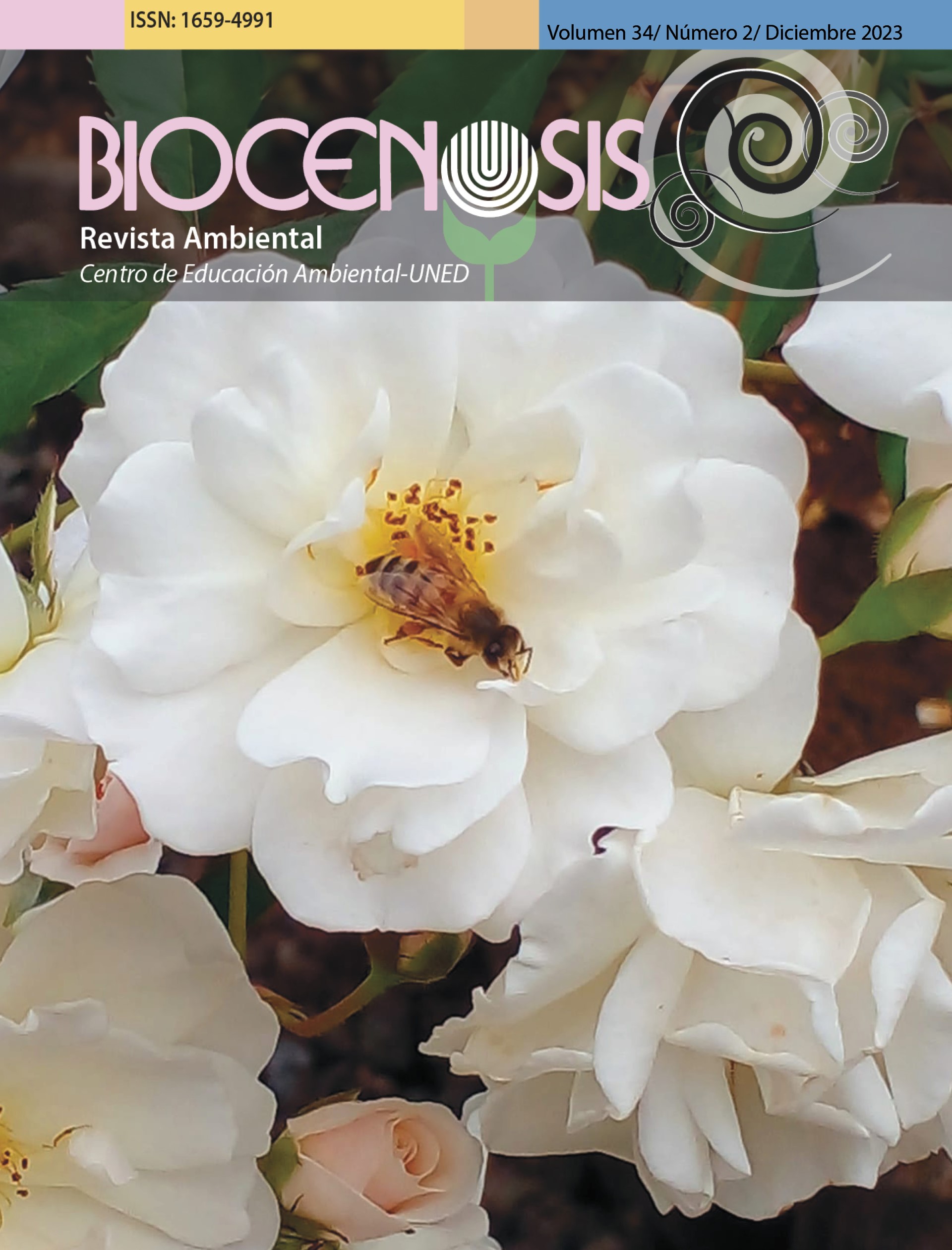Home Composting Guidelines: a local climate adaptation strategy
DOI:
https://doi.org/10.22458/rb.v34i2.5082Keywords:
organic fertilizer, organic matter, greenhouse gases, composting, climate changeAbstract
Since the seventies, Costa Rica has followed a model of indiscriminate waste collection, regardless of the type of material. The model focuses on the collection, transportation, and disposal of collected materials in landfills. While the recovery of valuable waste has been promoted over the years, currently 60% of the waste reaching these sites is of organic nature. These waste materials are responsible for the emission of greenhouse gases (GHGs) such as methane (CH4), nitrous oxide (N2O), and carbon dioxide (CO2), which significantly contribute to climate change through microbial activity during their decomposition. Therefore, their proper treatment through composting aims to reduce these emissions, as well as facilitate the reintegration of nutrients and organic material into the soil, enhancing its productivity and fertility. The proper management of this type of waste requires a strong commitment from all sectors, including local governments, public and private organizations, businesses, and individuals. The success of these initiatives is linked to the promotion of a new environmental culture.
Published
How to Cite
Issue
Section
License

This work is licensed under a Creative Commons Attribution-NonCommercial 4.0 International License.
